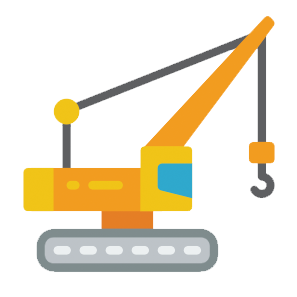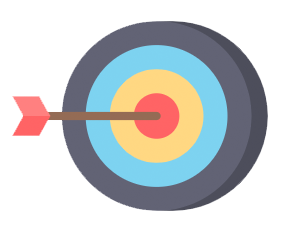How InnerOrbit Works

Select Questions
Choose from pools of rigorous NGSS aligned question clusters

Build Assessments
Copy, remix, and create your own science assessments

Assign to Classes
Students take do-nows, exit slips, and formative or summative assessments

Refocus Lessons
Give feedback, track growth, and use intuitive reports to identify gaps
Create Rigorous Science Assessments
From Phenomena-Based Questions Tagged Individually with Specific NGSS Standards
Choose from Multiple Choice, Drawing, Matching, Fill in the Blank, and Free Response Questions
-
What is the Effect of These Aerosols?
6 Questions
Published
-
Why Does This Drop so Slowly?
16 Questions
Published
-
What Makes Glaciers Change Over Time?
21 Questions
Published
-
What Changes are Occurring at the Padma River?
13 Questions
Published
-
What is Happening to the California Condor Population?
14 Questions
Published
-
Which Trash Cleaning Solution is Better?
13 Questions
Published
-
How do Mushrooms Get Their Energy?
24 Questions
Published
-
Get Started with 3D NGSS Assessments
Intuitive Reports to Easily View Progress
Track student growth and gaps in three dimensions